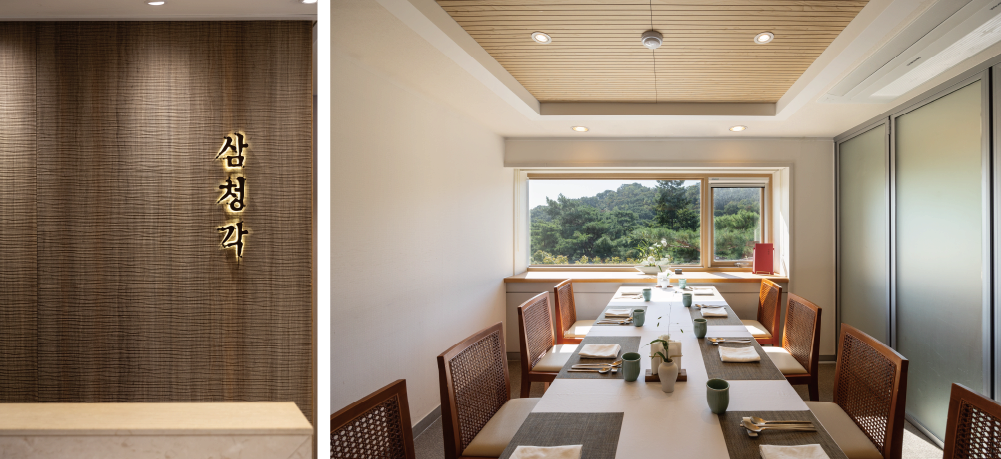
Journey into the Mysterious World of Korean Shamanism
Today, I want to talk with you about Korean shamanism. Korea is a country with diverse religions and beliefs, and among them, shamanism holds a very unique and mysterious world. Shall we embark on a journey into this mysterious world together?

The Origin and Historical Background of Korean Shamanism
Korean shamanism is a mystical religious belief system that originates from deep history and culture. In this chapter, let’s learn about the origin and historical background of Korean shamanism.
Korean shamanism has a history spanning thousands of years. For instance, starting from the Three Kingdoms period, Korean shamanism has continued through the Goryeo and Joseon dynasties to the present day. This belief system mainly worships natural deities and involves deep faith through practices such as communicating with ancestral spirits and predicting the future through prophecies.
Exploring the Main Deities and Their Meanings
There are various main deities in Korean shamanism. For example, the goblin is one of the most famous and well-known deities in Korean shamanism. Goblins approach people in a fun and cheerful manner, ultimately bringing them luck and happiness. The main deities of Korean shamanism each have their unique meanings and roles, and exploring these will be very interesting.
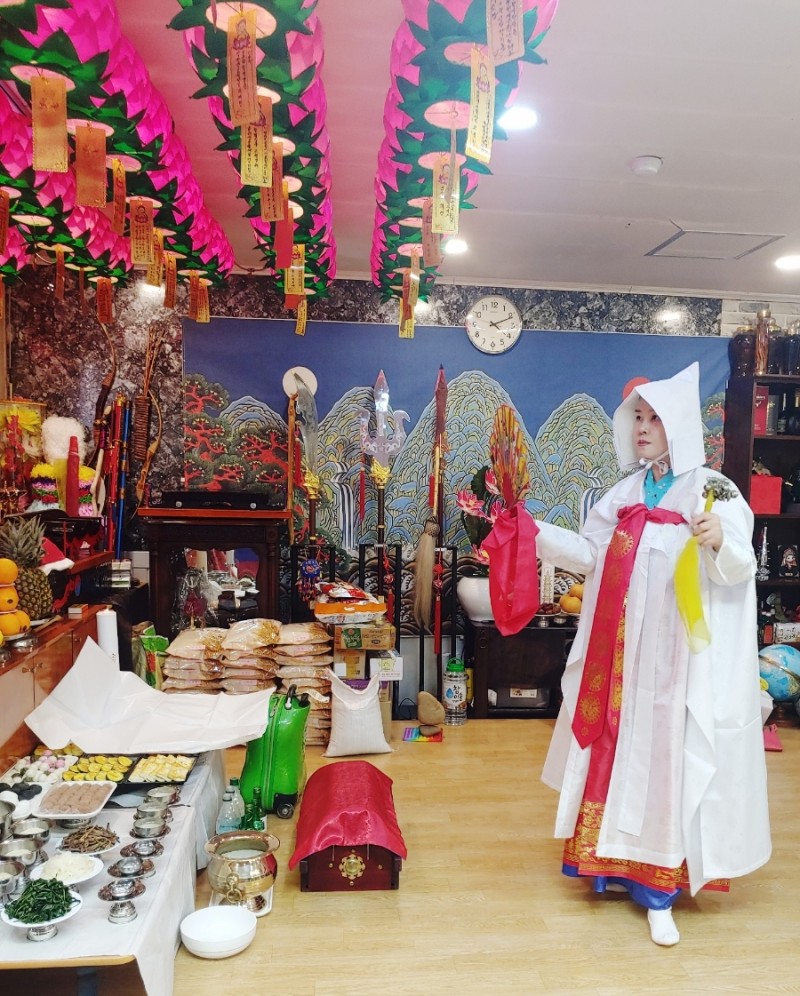
The World of Shamans: Roles and Rituals
Shamans play a very important role in Korean shamanism. They communicate with deities and provide advice to people through prophecies. The world of shamans is known to be very mystical and unique. For example, shamans perform “shinbyeong,” a ritual where deities are invited to possess the shaman’s body. These rituals are an important part of Korean shamanism, and learning about their meanings and processes will be very intriguing.
Shinbyeong and Gut: Understanding Traditional Approaches
In Korean shamanism, traditional approaches such as “shinbyeong” and “gut” are used. Shinbyeong refers to the phenomenon where a deity descends into a shaman’s body to communicate, while gut is a ritual in shamanism that involves specific music and dance to communicate with deities. These traditional approaches are one of the unique aspects of Korean shamanism, and understanding them will help deepen one’s understanding of Korean culture and religion.
The Coexistence of Shamanism and Modern Society
Despite rapid modernization and changes, many people in Korean society still trust and follow shamanism. Shamanism is deeply connected to Korean culture and provides emotional stability and comfort to many people. Thus, shamanism still exists in modern society, maintaining its faith and coexistence.
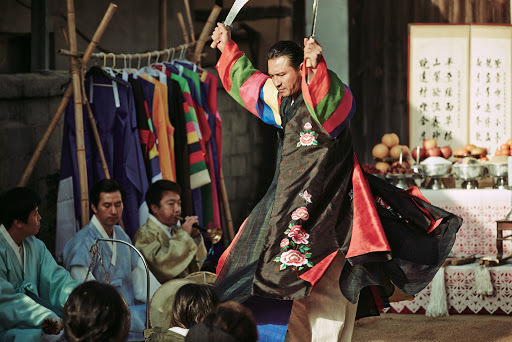
Symbols and Rituals of Shamanism
Shamanism has various symbols and rituals. For example, incense, rosaries, and ritual attire hold significant meanings in shamanism. These symbols deeply influence the rituals and faith practices of shamanism, and learning about their meanings and uses will be very interesting.
Regional Practices of Shamanism
Korea has various regional practices of shamanism. For example, Gangwon Province has the “Gangneung Danoje,” a traditional ritual, and Jeju Island hosts the “Jeju Chilmeoridang Yeongdeunggut,” a large-scale ritual. These regionally unique practices of shamanism showcase the diversity and richness of Korean culture, and experiencing them will be very interesting.
Misunderstandings and Truths About Shamanism
There are often misunderstandings and misconceptions about shamanism. One such misunderstanding is that shamanism is considered irrational and unscientific. However, shamanism is deeply associated with Korean culture and provides comfort and stability to many people. Therefore, dispelling these misunderstandings and spreading the truth is very important.
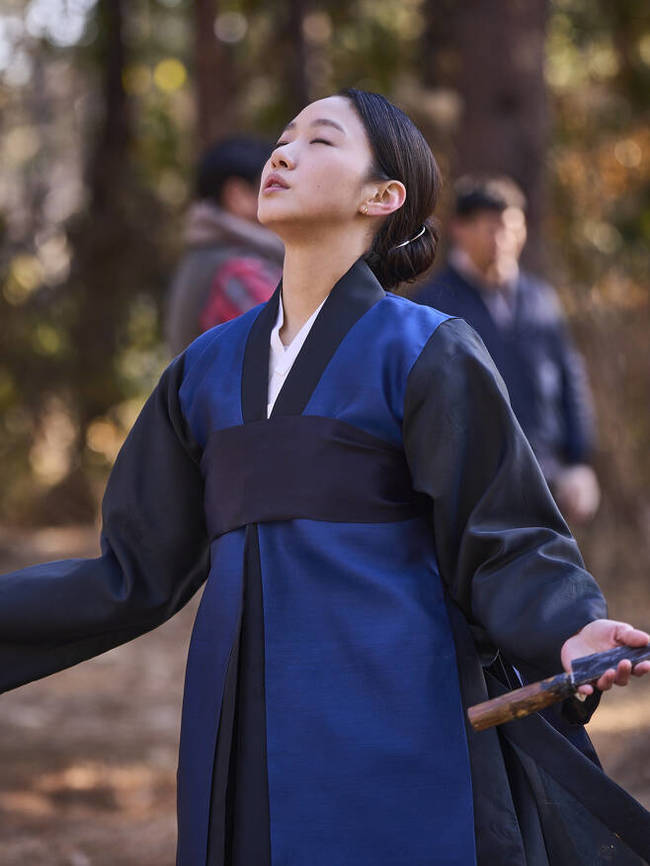
The Influence of Shamanism in Korean Culture
Korean culture is greatly influenced by shamanism. For example, traces and influences of shamanism can be found in Korea’s traditional food, festivals, and arts. These influences make Korean culture unique and diverse, and learning about their depth and breadth will help deepen one’s understanding of Korean culture.
How to Experience Shamanism and Precautions
If you want to experience shamanism, there are some precautions you need to know.
- First, approach with respect and understanding. Shamanism is a cultural and folkloric belief system that may be difficult to fully understand.
- Second, when participating in faith practices, it’s important to follow local characteristics and etiquette.
- Lastly, if you wish to experience shamanism with interest, it’s advisable to receive guidance from an expert.
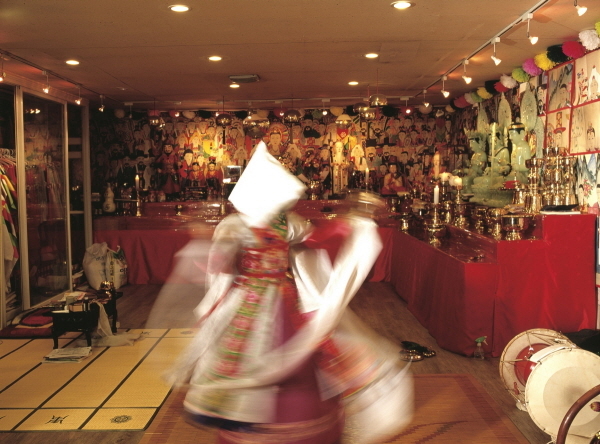
Embarking on a journey into the mysterious world of Korean shamanism is fascinating, and it will help deepen the understanding of Korean culture and religion. Shamanism has a long history and a deep belief system, and it maintains its influence and importance in modern society. Therefore, it is important that we explore this mystical world with a respectful and understanding mindset.

